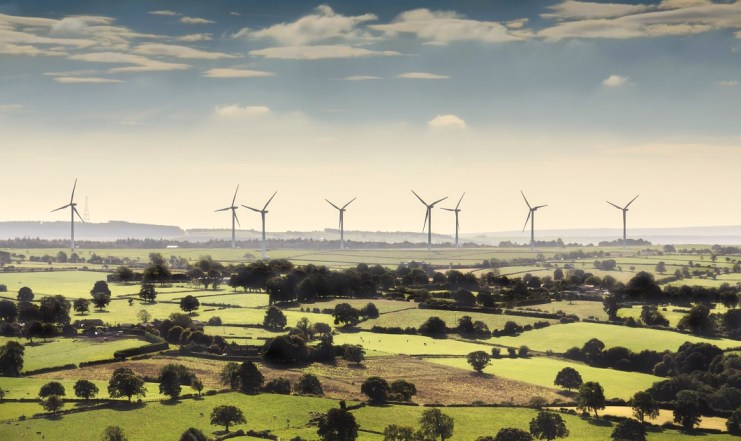Wind farms paid to halve electricity output to prevent energy grid being overwhelmed

Wind farms have been paid to stop producing up to 50 per cent of the electricity they are capable of generating, according to research from The Renewable Energy Foundation (REF) and first published in The Sunday Telegraph.
REF suggested the “constraint payments” – which are ultimately added to consumer bills – were being fuelled by a high concentration of onshore wind farms in Scotland leaving the electricity grid unable to cope on windy days.
Its analysis revealed that, in 2020, three large wind farms in Scotland were paid £24.5m to restrict output.
This was to prevent the three sites overwhelming the UK’s energy network with raised production.
In one case, £7.7m was handed to the operator of a 23-turbine scheme, leaving the wind farm deliberately failing to produce 51 per cent of its potential output.
Elsewhere, SSE, the operator of the 33-turbine Strathy North wind farm in the Highlands, was paid £5.9m to avoid producing 48 per cent of its capacity.
REF argued the problem would continue “until there is more than sufficient interconnection between Scotland and the centres of demand in England”.
The findings follow Ofgem’s decision to hike the consumer price 54 per cent – with households now facing average energy bills of nearly £2,000 per year from April.
Dr Lee Moroney, REF’s principle analyst, said: “When wind farms have been so poorly sited that they are discarding up to 50 per cent of their annual output, the public has every right to ask how on Earth these projects came to get planning permission.”
When approached by the Sunday Telegraph, a government spokesman said: “Gas is expensive and wind power is cheap, so we need more renewables to protect consumers. Constraint payments remain the most efficient option for National Grid to keep Britain’s lights on, and are only used when there is excess supply.”
Scottish Renewables, a trade body, said constraint payments added just £1 per year to the average household electrical bill.
On Friday, over 40 per cent of the day’s electricity supply was generated by turbines – far higher than average – amid the strong winds brought by Storm Eunice.
The output of offshore and onshore wind power has rebounded following a dismal winter and sustained underperformance, which exacerbated the winter crisis.